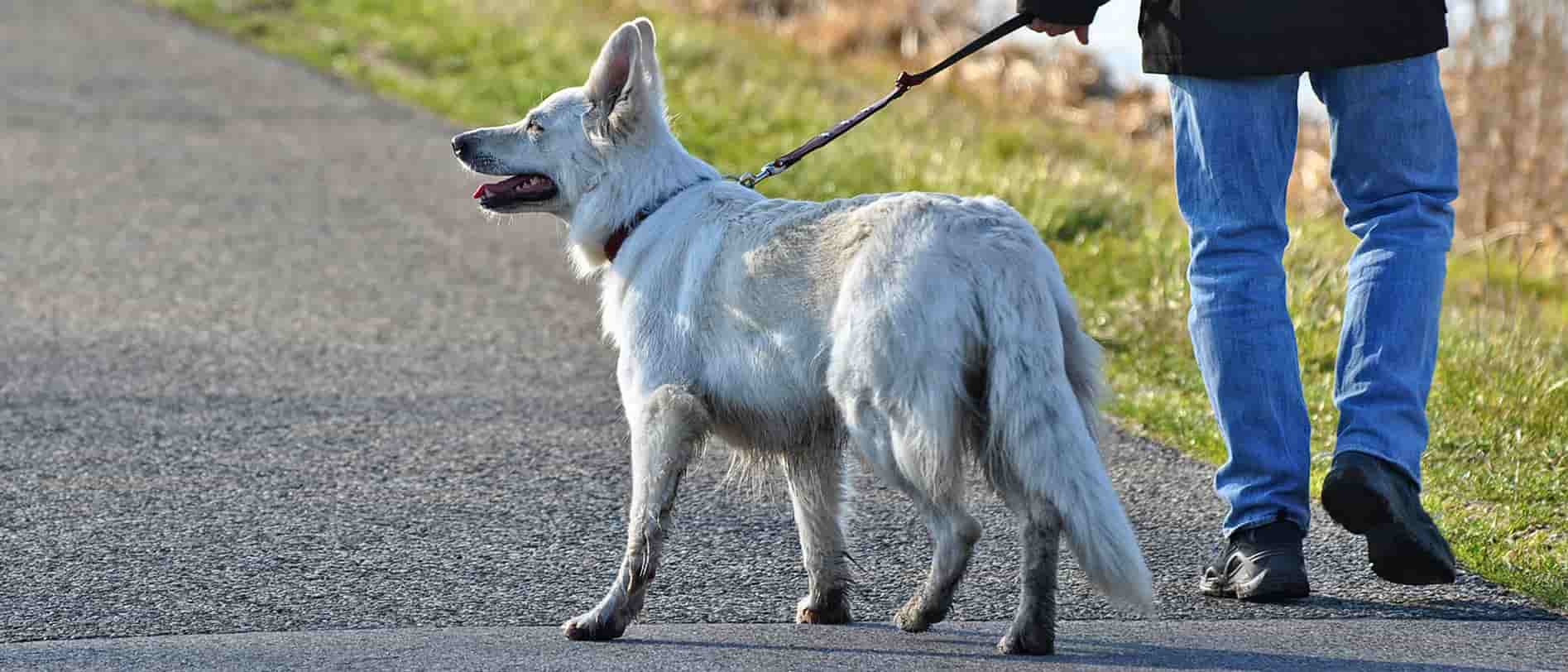How can I help my dog with arthritis?
Original Question: We have an 8-year-old black lab, a true beauty and is extremely active, has a healthy appetite, etc. Recently she started hobbling around and keeping the left hind paw off the floor. She was checked out by a vet and was given fish oil/glucosamine and an anti-inflammatory. She has finished all of the supplements but still seems to hobble now and again. She was deemed very healthy by the vet with the exception of arthritis as she will walk a little then lift her paw. She hates our floors so we put down mats so she’s comfortable walking. I'm wondering what to do next. She’s so active and we are trying to keep her leashed but we don't want to continue with the anti-inflammatory because it might be hard on her stomach. What are your thoughts? We were worried about hip dysplasia but that doesn't seem to be a concern according to the vet. Should we try a cortisone injection? Any advice you can provide would be very much appreciated. We just want our baby back to normal self and more importantly not in pain. - Christa
 Mar 5, 2018
Mar 5, 2018
Hi Christa,
This is a really common problem.
The first thing I’d like to say is that when I get a question like this, I can’t just automatically assume that the diagnosis is correct. It sounds as though a physical exam was the only test performed, which is fine, but without X-rays, we truly don’t know what the diagnosis is. The other thing you mentioned in your question is that the paw is the problem and most owners will say this when it has to do with the leg. When it’s the paw that truly hurts, most dogs will lick and bite at it. If they are not licking and biting at the paw, then the problem is usually with a joint higher up on the leg. So my first recommendation is to perform x-rays to confirm the diagnosis. I also want caution you about another common problem in the hind legs of dogs that can cause lameness and that is is an anterior cruciate ligament rupture. Please make sure your veterinarian performs something called a drawer test to assess the integrity of that ligament.
So now let’s assume the diagnosis is arthritis. There are some very critical things you can do to control or improve canine osteoarthritis. You can use medications that are traditional anti-inflammatory but I do review other ones in the article that are healthier and may have great benefits, such as polysulfated glycosaminoglycans for dogs. You can also use painkillers to help alleviate some of the symptoms and discomfort that your dog is experiencing.
In the article, I also discuss obesity control. This is one of the most important features for preventing arthritis and reducing its progression. Over 50% of dogs are overweight and this really contributes to arthritis. I’ve actually seen cases where dogs with arthritis have been removed from anti-inflammatory therapy once they’ve achieved a healthy weight.
If you want to do a level of exercise that does not cause pain or a flare-up of arthritis you’ll have to experiment by doing different levels of exercise consistently for a week or two and analyse the response. For example, you could leash walk your dog for 10 minutes twice a day for two weeks and monitor how much lameness that creates. If there are no symptoms, then you could increase the duration, frequency and intensity of the exercise to a small degree and reassess after another two weeks.
Glucosamines for pets are a great supplement to use as well. The research is largely anecdotal but many clients have noticed an improvement with their dog’s arthritis when they’re used. There are all sorts of different glucosamines so see if you could come up with the correct dose for your dog based on the instructions I’ve outlined in my article on this website or consult with your veterinarian.
Lastly, I want to mention a very important concept, arthritis is progressive. Waves of inflammation that occur in a joint will slowly break that joint down. It’s called degenerative joint disease. So what I always tell clients is that if you see your dog limping, then that means there is pain in the joints, inflammation, and that the joints have been damaged. Any lameness means that you’re contributing to degenerative joint disease. Please consult with your veterinarian about developing a good plan of action.
Thanks for your question and good luck.
Dr. Clayton Greenway


Disclaimer: healthcareforpets.com and its team of veterinarians and clinicians do not endorse any products, services, or recommended advice. All advice presented by our veterinarians, clinicians, tools, resources, etc is not meant to replace a regular physical exam and consultation with your primary veterinarian or other clinicians. We always encourage you to seek medical advice from your regular veterinarian.

